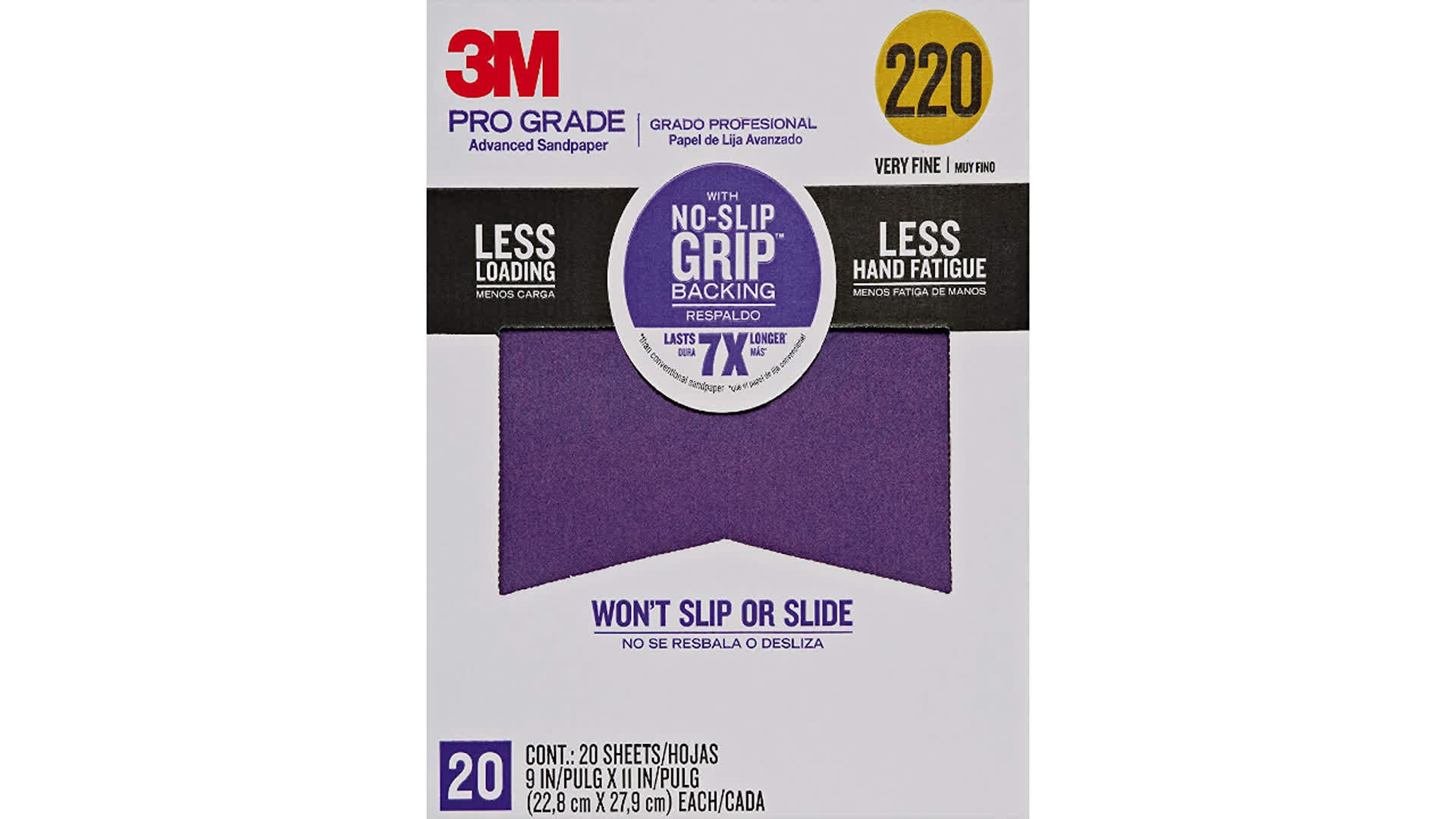The 4 grits of sandpaper every guitar player needs
It's generally a good idea to have sandpaper around to perform minor guitar repairs and maintenance. But you need to know the grits to have and why.
Ask any luthier how many different grits of sandpaper you'd need for basic guitar maintenance and he'd probably say six. I say you can get away with four. I'll list them below and explain why you would need each.
220
Grit 220 is the roughest sandpaper as it has the lowest number.
The only time I ever use this stuff is for when I need to get rid of a high fret whenever I find one using a fret rocker and notched straight edge. In my experience, using any grit higher than this to cure a high fret just takes too long. A few quick passes of 220 gets a high fret leveled fast before moving on to the next grit.
HOWEVER... this is only for high frets that are really obvious. If you only need to remove a small amount of fret material to fix a high fret, start with the next grit instead, which is...
400
Grit 400 is what I use when the intent is not so much to remove material but smooth things out.
This is the grit I would go to right after using 220 on a high fret to get rid of the rough marks. Or, I use this first if smoothing out a slightly-high fret since 220 would take off too much.
600
Grit 600 is one I consider safe for use on some synthetic materials.
An example of what I mean is a guitar nut. There are times when a nut on a new guitar, while properly flush to the edge of the neck, will have sharp edges on the treble side. And you'll feel that every single time you slide down the neck to play an D major, E major, A minor and so on. Your index finger hits that edge and it gets annoying quick.
All it takes to cure this is masking off the wood around the nut, then lightly sanding the edge of the nut (not the slots) and ta-da, now it's properly smooth.
1000
Grit 1000 is the grit nobody talks about concerning guitar repair/maintenance for some reason. I don't know why this is because this stuff is great to have.
Some would say that right after using 600 you should go straight to using 0000 steel wool for polishing. I disagree. Having the 1000 is useful before going to the steel wool.
For example, that sharp-edged nut I just talked about? If all you have is a tiny amount of sharpness there and need to smooth an edge very slightly, that's where 1000 is great to have. This is especially true if you're too scared to smooth a nut edge with 600. If 600 seems like too much (trust your instincts), use the 1000 instead.
I also think 1000 is good to have for getting rid of a very small amount of fret sprout. Sometimes sprout happens in very little amounts where 600 would take off too much and anything over 1000 won't take off hardly anything at all. 1000 is that "happy medium" grit that really works well both for metal and synthetics.
0000 steel wool
I just mentioned this above. Not a sandpaper, obviously. But you need this, and basically for only one reason. Metal polishing. This stuff makes frets gleam like new and takes off no fret material. People see "steel wool" and get scared of it. Don't be. This is not like the kitchen scouring pads whatsoever. 0000 steel wool feels like cloth. Totally safe to use on guitar frets.
Just make sure to mask off the wood before polishing.
Published 2020 Feb 7

